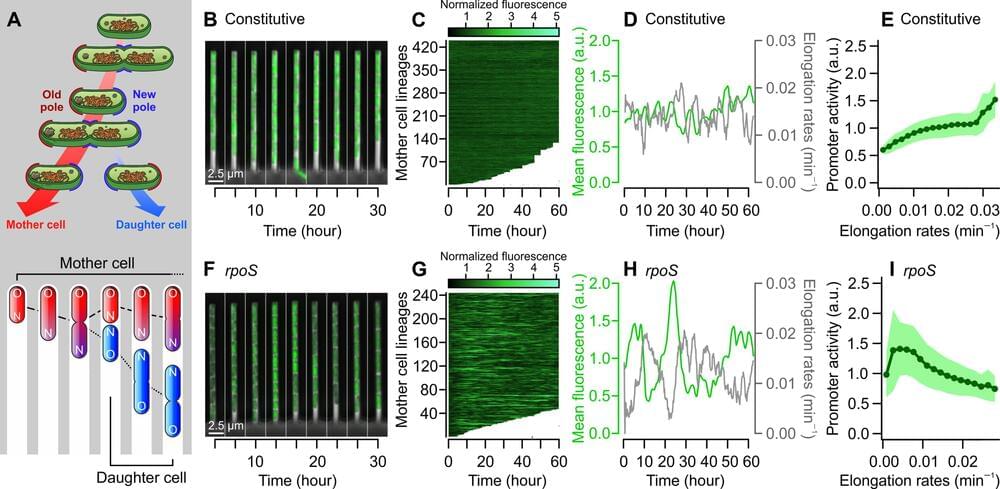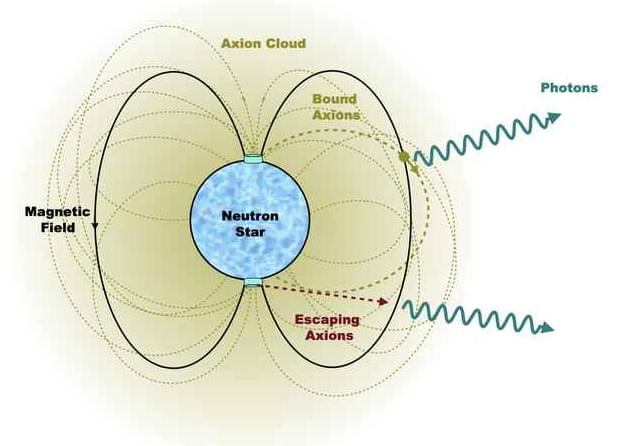A research team from the Chinese Academy of Sciences elucidated the high-resolution structure of the Orf2971-FtsHi complex, a chloroplast motor complex from Chlamydomonas reinhardtii. The study reveals the highly complex protein composition and assembly details of the complex, and explores the potential translocation pathway of precursor proteins.
The study, conducted by Prof. Li Mei’s team from the Institute of Biophysics of the Chinese Academy of Sciences, and Prof. Yang Wenqiang’s team from the Institute of Botany is published in Molecular Plant.
The Orf2971-FtsHi complex is a structure with 20 subunits formed by 19 proteins, spanning the chloroplast inner membrane and extending into the intermembrane space as well as the stromal side.







